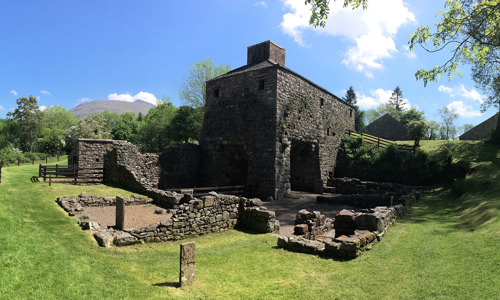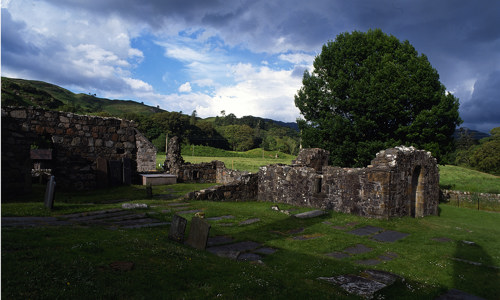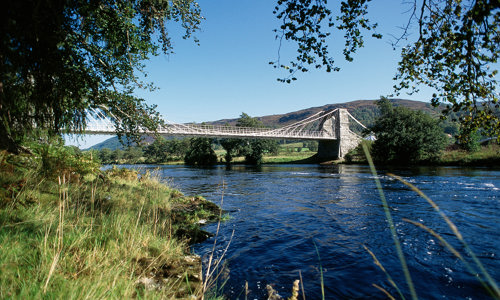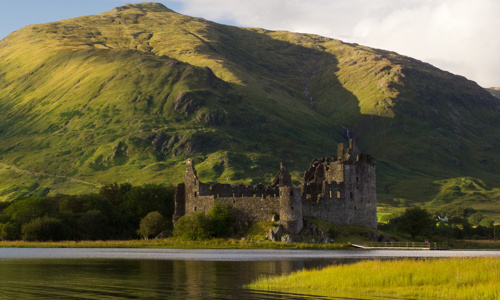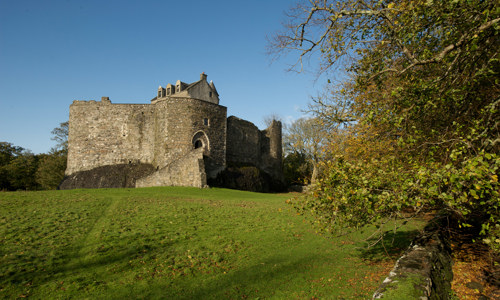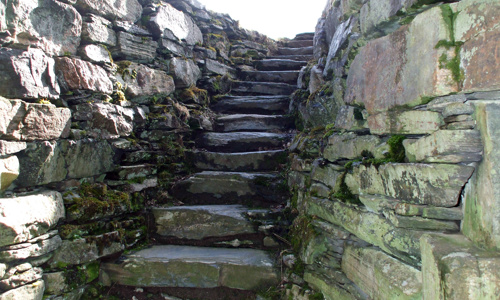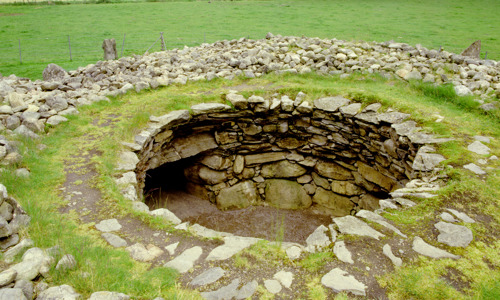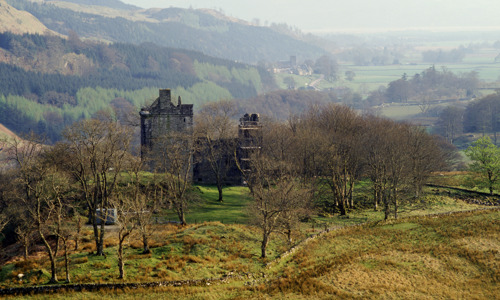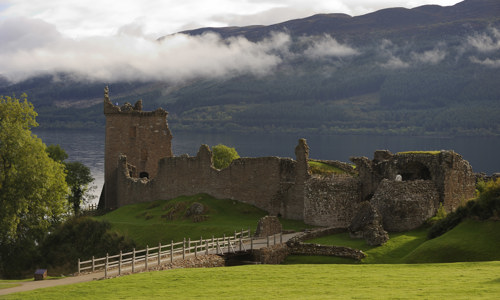History
The Comyns’ castle
Inverlochy Castle was built in about 1280 by the ‘Red’ Comyns, lords of Badenoch and Lochaber, to command the southern end of the Great Glen. The Comyns were one of the most powerful families in Scotland in the 1200s, with estates ranging across the country.
The Comyns remained loyal to King John Balliol even after his overthrow by Edward I of England in 1296. Sir John Comyn of Badenoch and Lochaber died peacefully at Inverlochy in 1300. Six years later, his son, also John, was murdered in Dumfries by Robert the Bruce.
When Bruce seized the throne in 1306, he sparked a civil war and had to make the overthrow of the Comyns a priority. In 1308 he defeated them at Inverurie, Aberdeenshire. Inverlochy, with the other Comyn castles, fell into Bruce’s hands.
After the Comyns’ downfall
In 1431, James I, intent on reasserting royal power over the MacDonald Lord of the Isles, sent the Earl of Mar with an army to seize MacDonald lands. Mar camped at Inverlochy Castle, where he and his army were surprised and defeated by a group of about 800 clansmen. Mar barely escaped with his life, returning to Kildrummy Castle half-naked and barefoot.
In February 1645, the Marquis of Montrose marched his royalist army over the mountains to surprise and defeat a 3,000-strong Covenanting army at Inverlochy.
River mouth power base
From its position at the mouth of the River Lochy, the castle commands landward routes through the Great Glen and Glen Spean, and the navigation from the river through to Loch Linnhe.
It’s formidably built, with much of the visible ruins today erected in the late 1200s for the Comyns:
- a quadrangular curtain wall, more than 3m thick
- four round towers, one at each corner
- a wide moat surrounding three sides
- two opposing entrance gates, each once protected by a simple forework
The main accommodation was in the four towers, of which Comyn’s Tower, at the north-west corner, was the largest. Excavations have revealed the courtyard was once crowded with timber buildings.


